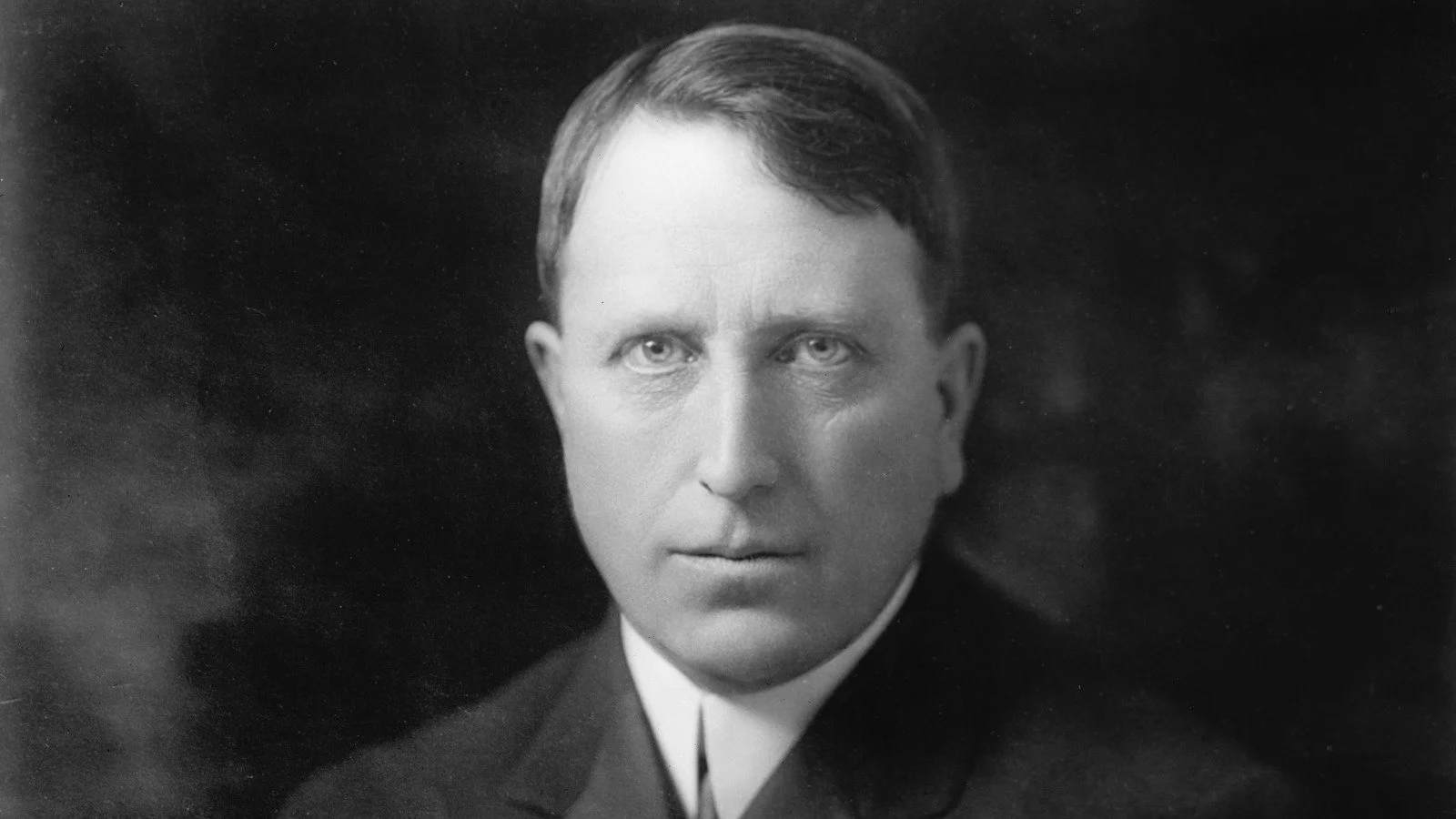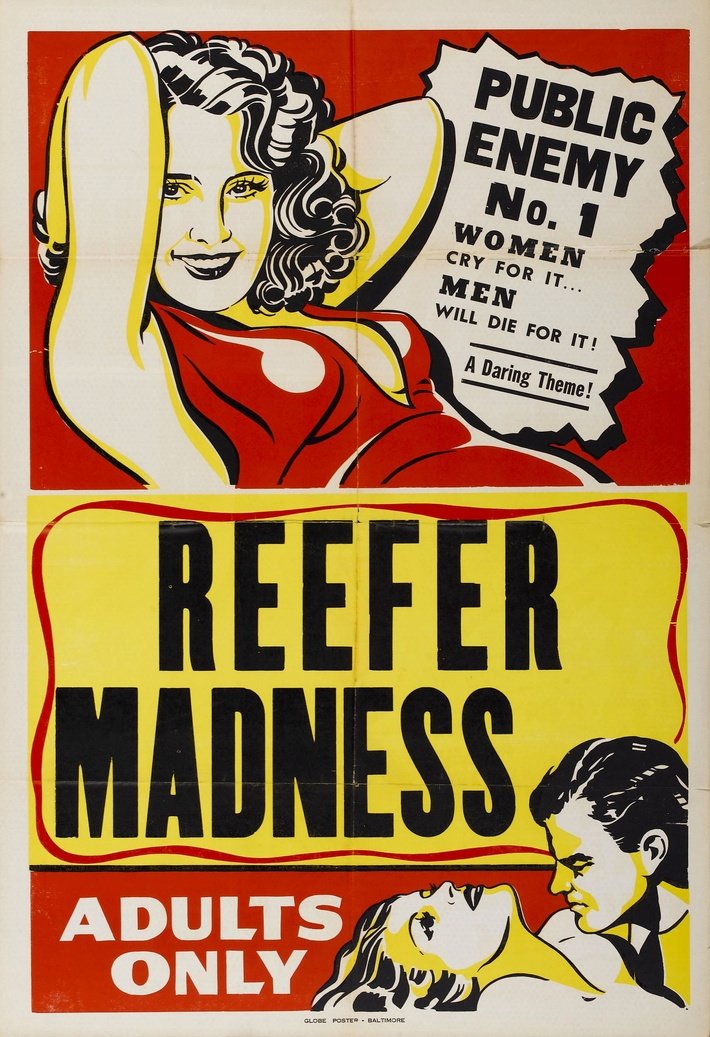Origins of U.S. Cannabis Prohibition
Cannabis has been used for recreation, as a medicine and for spiritual purposes for thousands of years dating back to central Asia around 2500 bce. It was introduced to western medicine by the pioneering work of Limerick born, Dr. William Brooke O’Shaughnessy. Conducting the first clinical trials of cannabis, treating convulsion, rheumatism, tetanus, hydrophobia and cholera, O'Shaughnessy helped identify over 100 indications known to be treatable with cannabis tinctures by the end of the 19th century.
“Of all the powerful narcotics, it is the safest to use with boldness and decision.”
The Royal Physician, Sir J. Russell Reynolds, prescribed cannabis to Queen Victoria to relieve her menstrual cramps:
“When pure and administered carefully, [cannabis] is one of the most valuable medicines we possess”
The most thorough study into cannabis at the time, the 1930’s Siler Commission recommended that no criminal penalties should apply to cannabis use.
“Marijuana is habit forming in the same way as sugar and coffee. It may be taken for a relatively long time without social or emotional break down” Assistant U.S. Surgeon General Walter Treadway.
Social issues regarding the psychoactive nature of cannabis were deemed less concerning than alcohol. Despite this, cannabis became federally prohibited in the U.S. in 1937.
Public Enemy No.1
The heart of the propaganda campaign against cannabis began in the early 1900’s with William Randolph Hearst
Press baron Hearst controlled an enormous influence on America through his media empire. After the 1898 Spanish-American war, he lost approx 800,000 acres of timberland to Mexico. Hemp (non-intoxicating cannabis) competed in the paper manufacturing industry against Hearst’s timber. By outlawing cannabis the production of hemp would cease, allowing Hearst to re-dominate the paper industry.
Knowing that the societal harms were minimal, much of what we believe to be true about the negative side effects of cannabis are the result of propaganda started from Heart's publications. ‘Yellow Journalism’- The use of cheaply sensational or unscrupulous methods in newspapers and media to attract or influence the readers and increase sales - was established by Hearst and employed throughout his media empire.
Underlying his wealth, power and interest to dismantle the hemp competition was a deep rooted white-supremacist ideology. An example of the extent to which this was manifested includes his view that it was a crime if a black man looked a white man in the eye for over 3 seconds.
Cannabis use today has no racial prevalence whereas at the end of the 19th century it was predominantly associated with Mexican and African American communities. Seeking to chastise Mexicans after losing his land in 1898, for the next 3 decades, Hearst used his power and influence to coordinate a smear campaign that associated cannabis with criminal behavior of non-whites.
He helped re-purpose the word ‘Marijuana’ in the English vernacular through constant repetition in his papers in order to associate cannabis with Mexicans. Stories would run for weeks concerning car accidents where cannabis was found. 10,000 times more common, alcohol-related accidents rarely made the headlines.
“Murder Weed Found Up and Down Coast”
“Marijuana makes fiends of boys in 30 days”
“Hashish goads users to blood lust”
Through his papers, Hearst established the belief that rape, murder and pretty much all other violent crimes attributed to non-white criminals, was a direct result of cannabis use. By generating fear around cannabis, Hearst was able to stigmatize and eventually influence the criminalizing of those who used it. This began in California in 1913.
Public Enemy No.2
1931, under Hoover, Henry J Anslinger, ally to Hearst, was appointed as Assistant U.S. Commissioner for Prohibition.
Essentially, head of what is now the D.E.A, Anslinger was looking to find ways to maintain his department's budget as the prohibition of alcohol was ending. He was also a white supremacist.
“Reefer makes darkies think they're as good as white men”
“The primary reason to outlaw marijuana is its effect on the degenerate races”
“This marijuana causes white women to seek sexual relations with Negroes, entertainers and any others. ”
Cannabis use at the time was creating social harmony between racial and ethnic groups. The Jazz scene had a distinct influence on racial inclusivity. Anslinger perpetrated the lie that cannabis makes people commit heinous acts of violence against their will at every given opportunity. He lied to judges, police, unions and congress claiming that half of all violent crime committed by non-whites could be traced to cannabis use.
He targeted Jazz musicians and had a relentless obsession with Billy Holiday. Holiday was well known internationally for her singing talent and her lament against lynching ‘Strange Fruit’. She also had a troubled relationship with heroin and cocaine.
Judy Garland, also a heroin addict, was invited to meet Anslinger where they had a friendly chat about taking more vacation time. Holiday suffered punitive persecution from Anslinger’s and his agents, Jimmy Fletcher, and known sadist George White. She had drugs planted in her apartment and was followed and arrested relentlessly until she finally succumbed. After his retirement from the Federal Bureau of Narcotics, George White stated:
“Where else could a red-blooded American boy lie, kill, cheat, steal, rape and pillage with the sanction and blessing of the All-Highest?” He also took narcotics.
Hounded and harassed her entire life, Billie Holiday was effectively murdered by the conspiracy to break her, as a warning to others, non-white others.
Public Enemy No.3
The 1936 movie “Reefer Madness” added to the propaganda against cannabis by terrifying a naive public into believing that the cannabis plant was the greatest threat to white society.
The movie successfully presented cannabis as the greatest threat to white youth. Using this corrupting plant would result in...
“...the loss of all power to resist physical emotions leading finally to acts of shocking violence ... ending often in incurable insanity”
Easily underestimated, Reefer Madness asserted a lie which influenced an irrational fear of cannabis that, although less potent, still exists today.
Using a scrap book containing hundreds of newspaper pieces, provided by Hearst’s publications, Anslinger’s “Gore File” convinced congress to impose the Marijuana Tax Law on October 1st 1937. Not only did this establish the criminalisation of users it is also responsible for medical applications of the cannabis plant to be ignored for the next 70 years.
Ultimately, Hearst and Anslinger won twice. Hearst eradicated competition for paper manufacture and Anslinger got his funding. Both were able to target and criminalize the communities they feared and hated, the discriminatory legacy of which is apparent today in racially disproportionate figures for cannabis arrests and incarcerations.




